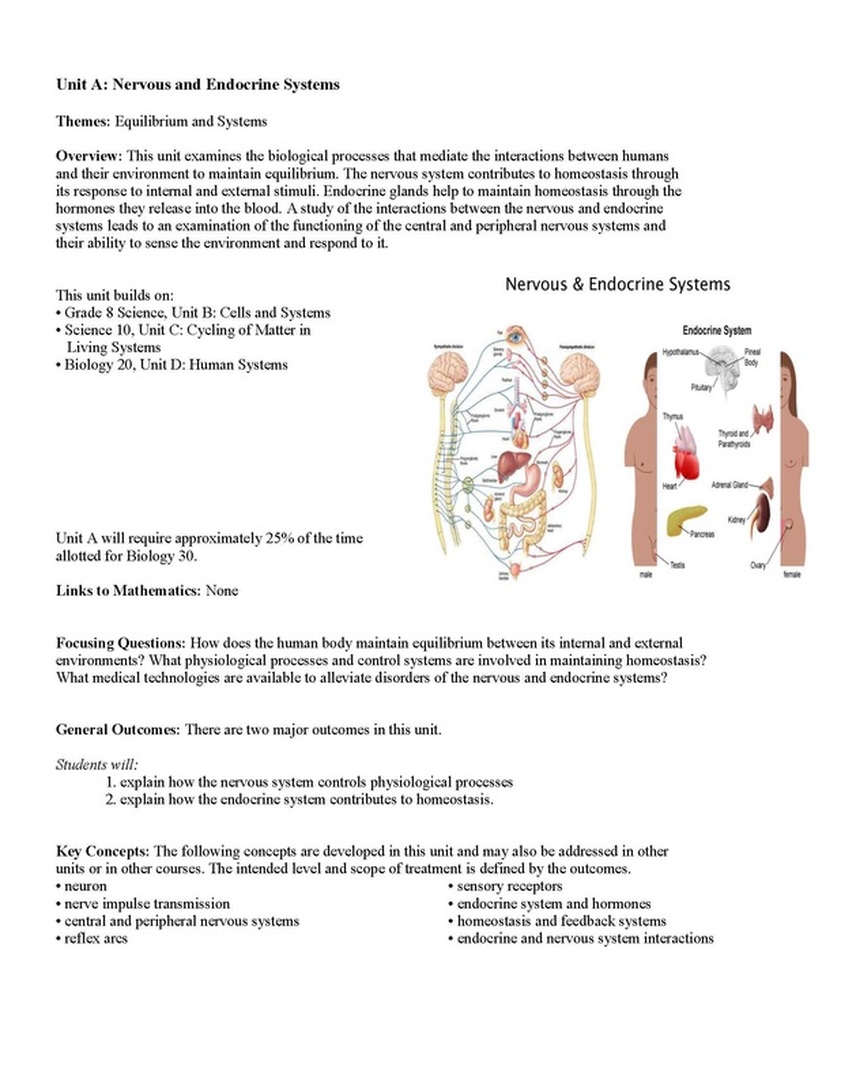- Problem Solving Part 2 (physics)mr. Standring's Webware 24
- Problem Solving Part 2 (physics)mr. Standring's Webware 2nd Edition
Example problems include: What is the area of a circle with circumference = 10 meters? What is the volume of a cone with radius 2 m and height 3 m; What is the time of a fall with height = 125 m? How does the pressure of an ideal gas vary if temperature is doubled and volume is 8 times its previous value. Cittadella 1920 kitsempty spaces the blog archive. INTRODUCTION: #1 Student Notes And Problems Biology Publish By Ian Fleming, Student Notes And Problems Biology 30 Amazonde Rao student notes and problems biology 30 rao gautam isbn 284 kostenloser versand fur alle bucher mit versand und verkauf duch amazon Student Notes And Problems Solution Manual Biology 30.
There are two types of problem solving activities for this class.
- Group Problem Solving (Mondays and Wednesdays)
- Problem Solving Sessions (Fridays)
- Physics -Problem Solving Steps To solve a physics problem, it is often useful to follow a common set of steps. You may not necessarily use all of these steps for a specific problem, and you may sometimes follow a different order of steps Read the problem.
- 2.1 Virtual learning in higher education (Virtual University and Virtual Polytechnic) 2.2 Virtual School. 2.3 Research and development relating to learning environments. Strengthening information society structures in education, training and research - Scope or level: regional, national, European; geographical coverage.
Group Problem Solving (Mondays and Wednesdays)
These in-class problems are solved in groups and are not graded.
| SES # | TOPICS |
|---|---|
| 1 | Group problem (PDF) |
| 2 | Infinite stratos season 2 episodes. Group problem (PDF) Group: Line of charge (PDF) Group: Uniformly charged disk (PDF) |
| 4 | Group problem: Superposition (PDF) Group problem: E from V (PDF) Group problem: Build it (PDF) |
| 7 | Group problem: Charge slab (PDF) Group problem: Charge slab (PDF) |
| 9 | Group problem: Spherical shells (PDF) |
| 10 | Partially filled capacitor (PDF) |
| 12 | Group problem: B field from coil of radius R (PDF) |
| 14 | Group problem: Non-uniform cylindrical wire (PDF) Group problem: Current sheet (PDF) |
| 17 | Group problem: Current loop (PDF) |
| 18 | Group problem: Circuit (PDF) |
| 20 | Group problem: Changing area (PDF) Group problem: Generator (PDF) |
| 21 | Group problem: Solenoid (PDF) |
| 23 | Group problem: Coaxial cable (PDF) Group problem: Circuits (PDF) |
| 28 | Group problem (PDF) |
| 30 | Superposition principle (PDF) Group problem: Plane waves (PDF) |
| 31 | Group problem: Inductor (PDF) Group problem: Capacitor (PDF) |
| 33 | Group problem: B field generation (PDF) Group problem: Energy in wave (PDF) |
Problem Solving Sessions (Fridays)
Counts toward 6% of the course grade.
| SES # | TOPICS |
|---|---|
| 3 | Coordinate systems; Gradients; Line and surface integrals (PDF - 1.4 MB) |
| 6 | Continuous charge distributions (PDF) |
| 8 | Gauss's law (PDF) |
| 11 | Capacitors (PDF) |
| 16 | Ampere's law (PDF) |
| 19 | Magnetic fields: Force and torque on a current loop (PDF) |
| 22 | Mutual inductance and transformers; Inductors (PDF) |
| 26 | RC and RL circuits (PDF) |
| 29 | Driven LRC circuits (PDF) |
| 32 | EM radiation (PDF) |
| 35 | Interference (PDF) |
Welcome!
Problem Solving Part 2 (physics)mr. Standring's Webware 24
This is one of over 2,400 courses on OCW. Explore materials for this course in the pages linked along the left.
MIT OpenCourseWare is a free & open publication of material from thousands of MIT courses, covering the entire MIT curriculum.

No enrollment or registration. Freely browse and use OCW materials at your own pace. There's no signup, and no start or end dates.
Knowledge is your reward. Use OCW to guide your own life-long learning, or to teach others. We don't offer credit or certification for using OCW.
Made for sharing. Download files for later. Send to friends and colleagues. Modify, remix, and reuse (just remember to cite OCW as the source.)
Learn more at Get Started with MIT OpenCourseWare
Problem :
A 5 kg block is moved up a 30 degree incline by a force of 50 N, parallel to the incline. The coefficient of kinetic friction between the block and the incline is .25. How much work is done by the 50 N force in moving the block a distance of 10 meters? What is the total work done on the block over the same distance?
Finding the work done by the 50 N force is quite simple. Since it is applied parallel to the incline, the work done is simply W = Fx = (50)(10) = 500 J.
Problem Solving Part 2 (physics)mr. Standring's Webware 2nd Edition
Finding the total work done on the block is more complex. The first step is to find the net force acting upon the block. To do so we draw a free body diagram:Because of its weight, mg, the block experiences a force down the incline of magnitude mg sin 30 = (5)(9.8)(.5) = 24.5 N. In addition, a frictional force is felt opposing the motion, and thus down the incline. Its magnitude is given by Fk = μFN = (.25)(mg cos 30) = 10.6 N. In addition, the normal force and the component of the gravitational force that is perpendicular to the incline cancel exactly. Thus the net force acting on the block is: 50 N -24.5 N -10.6 N = 14.9 N, directed up the incline. It is this net force that exerts a ìnet workî on the block. Thus the work done on the block is W = Fx = (14.9)(10) = 149 J.

